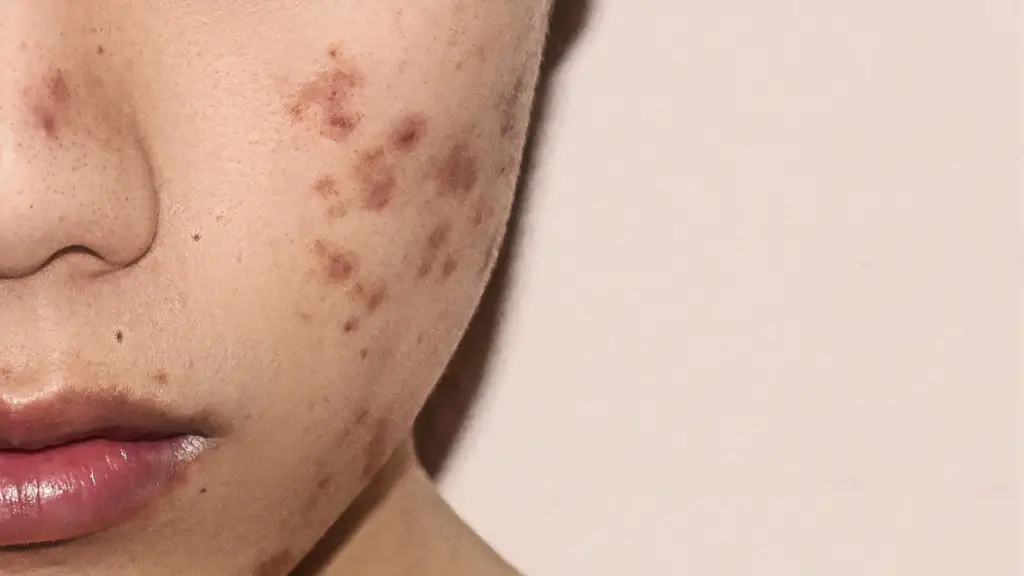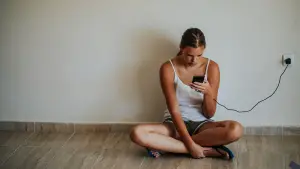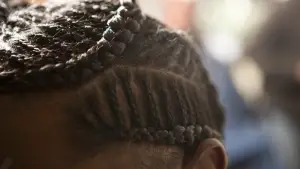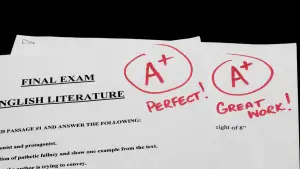Adolescence, a pivotal phase in human growth, brings awareness of differences and shapes the circumstances that influence lives. This crucial stage demands guidance, counseling, and mentorship, particularly when facing physical challenges like acne. The succeeding paragraphs will address will obvious issue of acne in teenagers around the world.
According to TeensHealth, Acne is a skin condition that shows up as different types of bumps: blackheads, whiteheads, pimples, or cysts. There is also a very high likelihood that any person whose parents have had acne during their teenage years, may also develop acne at a point in their lives.
Research has shown that 9.4% of the world’s population has acne, making it the eighth most prevalent disease worldwide. It is estimated that 85% of teenagers experience the skin phenomenon. The research also observed that acne is more prevalent in boys than it is in girls. This may appear as an anomaly because it is usually girls who put more effort into treating acne. Hence, the seeming misconception that girls suffer more from the disease.
Widespread as acne is, it is generally believed to disappear over time when the hormones causing it to appear in teenagers have normalized. This is why many parents and guardians treat the issue very lightly.
But should the acne issue be brushed off because it is temporal? This essay will delve into understanding why attention and importance should be given to acne, especially among teenagers, who are most affected by the disease.
The Significance of Adolescence
Adolescence marks a period of self-discovery, where boys and girls grapple with newfound awareness and societal expectations. Effective guidance becomes paramount during this transformative stage.
This is the stage where most of the personality traits and perceptions of teenagers on life are born. At a time when they are still under the care and guidance of their parents but experiencing the urge for independence and rebellion. Teenagehood comes with a lot of emotional conditioning and struggle within family settings.
Also, as teenage years are marked by secondary school learning years, the impacts of peer pressure and the desire to fit into certain acceptable standards for teenagers are quite high.
Then comes the problem of acne at such a turbulent and unstable stage in the life of teenagers. That is why having a clear understanding of the social and psychological impacts of acne on the lives of teenagers is crucial.

The Psychological Impact of Acne
Acne, a common feature of adolescence, carries profound psychological and sociocultural implications. Unlike mere blemishes, it significantly influences self-esteem and confidence.
Research has shown a strong impact of acne in school children on their quality of life. A whopping 67.5% of school children surveyed were found to have acne. The research also established that the presence of acne has a 50% effect on the self-esteem and social life of school children as revealed by the Cardiff Acne Disability Index.
Other studies on the psychosocial effects of acne have demonstrated psychological abnormalities including depression, suicidal ideation, anxiety, and psychosomatic symptoms. As well as pain and discomfort, embarrassment, and social inhibition.
This underscores the emphasis that needs to be put into regard acne as a serious disease and not a passing phase in the lives of its sufferers.
Misconceptions Surrounding Acne
Often dismissed as a passing phase, the impact of acne on teenagers is overlooked. Addressing misconceptions is crucial in understanding the long-term effects on self-image.
Miller School of Medicine published a commentary on some of the misconceptions surrounding acne, especially in teens. A summary of the misconceptions is as follows:
- Acne does not only affect teenagers going through puberty.
- Acne does not always go away on its own.
- Acne is not always caused by eating chocolate, greasy foods, or dairy but some foods can make it worse
- Acne is not caused by stress, but stress can make acne worse.
- Tanning does not reduce acne
- Acne is caused by poor hygiene, but it can make it worse.
- People can pop their pimples with caution and care.
The Dangers of Self-Prescribed Solutions for Acne
In the age of accessible social media, adolescents resort to self-help, using unregulated facial creams. Exploring the risks associated with such practices is essential to prevent long-lasting damage.
A study conducted on undergraduate medical students showed 59.6% of the respondents engaged in self-medication for their facial acne. This percentage is worrisome given the fact that medical students should know better than to resort to self-medication for any sort of ailment. This means the problem of self-medication is not only common among uneducated members of society but even among medical students.
Another study on the working class population revealed more shocking results on the menace of self-medication. This study found that 88.5% of working-class people resort to over-the-counter self-medication. Interestingly, more than 42% of users of self-medication reported that their illness do not get cured after resorting to self-help.
Social Consequences and Beauty Standards
Acne-stricken teenagers may inadvertently withdraw from physical interactions. They are likely to rely on filters and makeup to mask imperfections. This affects social inclusion, especially in school beauty pageants.
Some studies among secondary school students aged between 14-17 revealed that 80% of acne sufferers in secondary schools use cosmetic makeup to hide their acne. This is a manifestation of the large number of teenagers who do not want to be seen with acne and would rather conceal it using makeup. The same study also revealed that more than 77% of acne sufferers believe increased consumption of water helps clear up the acne. This is in agreement with the common saying on social media that by drinking water and minding one’s own business, one can get clear skin.
The consequences for having acne, especially among teenagers who are the kings and queens of social media are sharply divided along gender lines. As it is earlier mentioned boys experience more acne than girls, and girls receive more criticism for their acne than boys do. This report finds that on TikTok, while boys with acne are being positively perceived, girls receive more critical acclaim. This raises concerns about the progress the #BodyPositivityMovement may be making among teenagers.
In another twist to the continuous negative narrative on acne in teenagers, a group of researchers decided to ask Does Pimples Pay? Acne, Human Capital, and the Labor Market, and the answer returned resoundingly positive. It is found that teenagers who suffer from acne score higher grades in school, especially girls. It is also found that more people with acne complete a college degree. The research also presented evidence that acne is associated with higher personal labor market earnings for women.
Despite the seemingly overwhelming evidence to suggest negatives of acne in teenagehood, there are some silver linings. It is through the careful and purposeful navigation of these challenges and prospects that teenagers can make the best of their teenage years regardless of challenges such as acne.
Conclusion
In light of these challenges, this article therefore calls on teenagers and their guardians on the need to navigate adolescence through healthy, socially sustainable practices. By addressing misconceptions, dangers of self-prescribed solutions, and societal consequences, it is hoped that the gap in managing adolescence in the complexities of modern times will be bridged.






